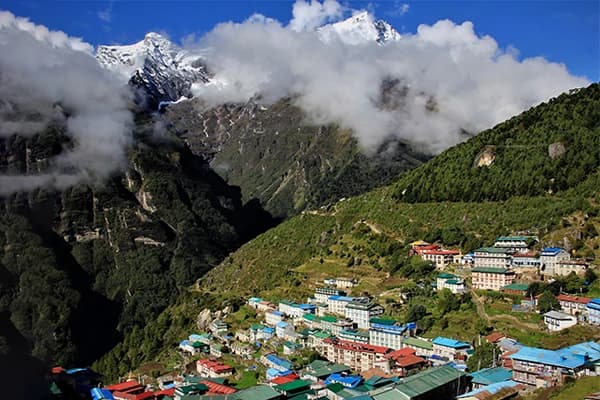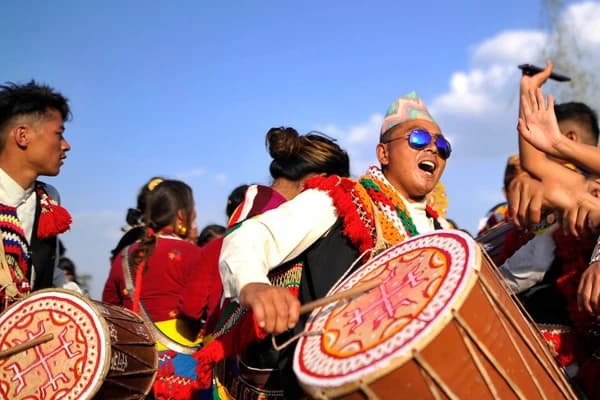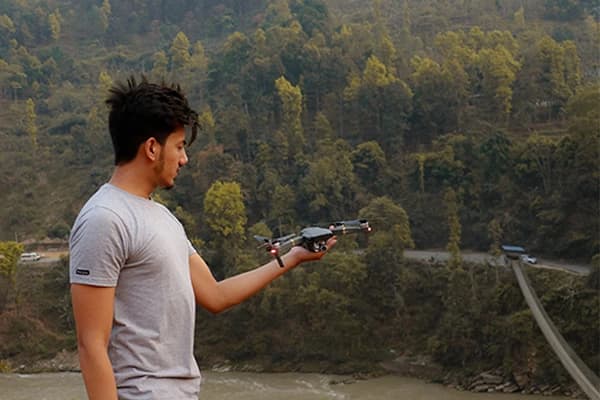Understanding Trekking Grade: An Important Step Towards Successful Trek
Understanding the trek grade in Nepal is very important during the planning of the trek. By the knowledge of the trek’s grade, you will know how much to prepare and how to prepare for the trek.
For example, the moderate level of the trek for novice trekkers may feel easy to professional or experienced trekkers. Similarly, the strenuous treks for some experienced hikers may feel easy to professionals who have climbed the Everest peak.
Some of the best reasons why learning about trek grade is important before going on a trekking adventure are given below.
- Choosing the trek according to your fitness level and experience
- Train specifically for the difficult treks
- Set realistic goals and expectations
- Carrying gears and equipment based on the trek grade demand
- Learn about the trail framework and familiarize yourself with the trek
What are the popular trekking grades in Nepal?
The popular trek grades are classified below on the basis of factors including altitude, per-day walking distance, per-day walking duration, experience required, and technical skills required.
The easy treks are short in duration, have moderate elevation gains, and do not require prior trekking experience or technical climbing skills. Anyone with any age group can go for this trek. The maximum altitude reached during the easy trek is 3500 m, which is much less. You just have to walk a maximum of 5 hours per day on average.
The trails of the easy treks in Nepal are not too hard, like the everest base camp trek. You can see well-maintained, gentle, and rolling terrain while trekking in those regions. The elevation gain is not more than 3500 m above the mean sea level.
You don’t need to have expert climbing and technical skills for this trek. The fitness level required for the easy trek is moderate. You should be at least healthy and not have any chronic diseases, including heart disease, asthma, and so on.
Some of the best easy treks in Nepal are Balthali Village Trek, Ghandruk Trek, ghorepani poon hill trek, Helambu Trek, and so on. These treks are best done with family to enjoy the stunning beauty of the snowcapped landscapes along with a little thrill.
The treks that are a little longer and harder than the easy trek are called the moderate treks. This trek is graded as grade II. you have to walk 6 hours per day. The average trails are hilly terrains with daily ascent and descent of 400–900 m.
The maximum altitude that you will reach during the moderate-graded trek is up to 4500 m. You need to have some prior trekking experience while going trekking in off-seasons like the monsoon and winter seasons.
Also, you need to have a good fitness level and maintain a positive attitude. Some of the best examples of moderate-grade treks are the annapurna base camp trek, the Langtang Valley Trek, the Mardi Himal Trek, and so on.
The most difficult treks are those that involve trekking up to 5500 m. To go for the difficult graded trek, you must have previous trekking experience. The requirement of the previous trekking experience is because the trail consists of high passes, snow-filled lands and glaciers.
In addition, you have to walk 6-7 hours per day on average. So, to fulfill this requirement of the trek, you must be physically fit, have good stamina, and have excellent health conditions. The elderly and children are not allowed to do this trek.
Some of the best examples of difficult-graded treks are the Annapurna Circuit Trek, the manaslu circuit trek, the Everest Base Camp Trek, the Kanchenjunga Base Camp Trek, and so on.
The strenuous treks are the hardest treks in Nepal that require at least 7-8 hours per day of walking. Some sections may also need steep climbing skills. You must have some technical knowledge of walking on the ice as well.
The maximum altitude that you will reach during the trekking is up to 6200 m. The overall trek length is also above 15 days. This trekking trail consists of crossing high passes, snow-filled terrain, and glaciers.
So, for the strenuous trek, extensive preparation, physical fitness, and previous trekking experience are needed. Without proper acclimatization and hiring a guide, you cannot complete this trek successfully.
Some of the best strenuous treks in Nepal are everest base camp via cho la pass and gokyo lakes trek, Everest High Pass Trek, annapurna circuit trek via tilicho lake, Dhaulagiri Circuit Trek, and so on.
Conclusion
The trek grade is just some calculations based on certain factors. The overall trek grade can be lower or higher depending on your fitness level and physical conditions. Learning about the trek grade is important and helpful in deciding which trek to choose for trekking this season.
So, explore the trek grades and try to match it with your physical ability, experience and preferences. It will help you make the most of the treks and make them enjoyable and memorable.
Ready to trek? Book your adventure with Mystic Adventure Holidays now!





